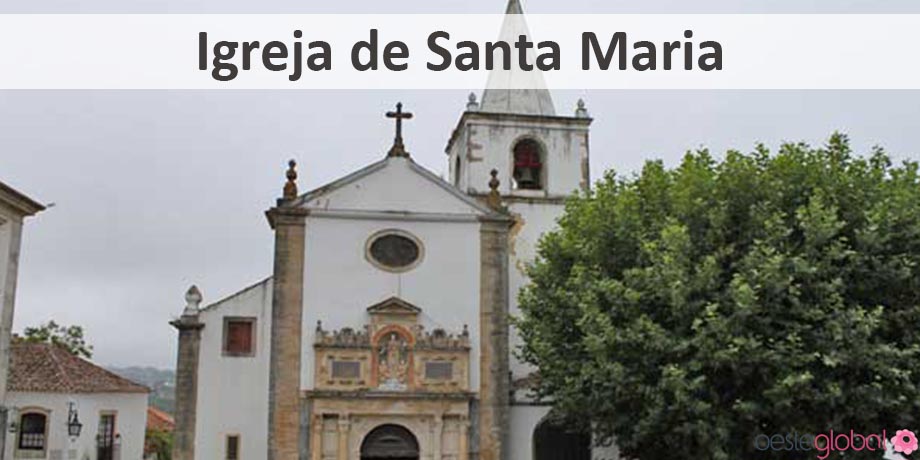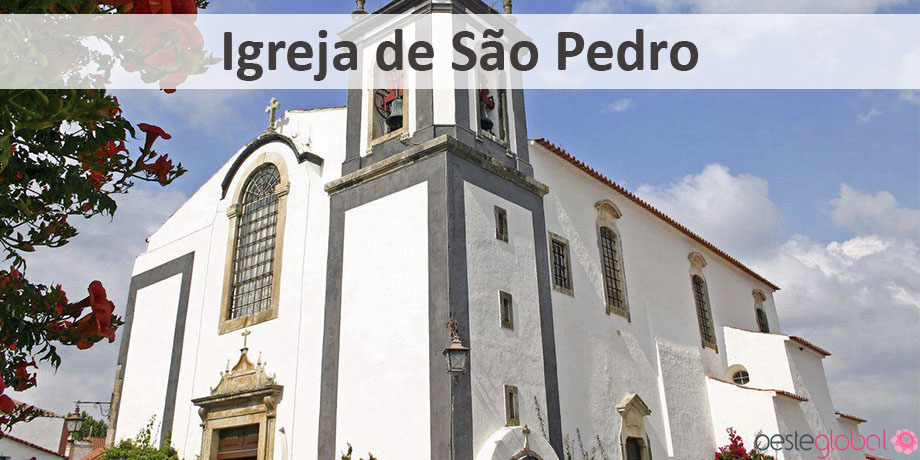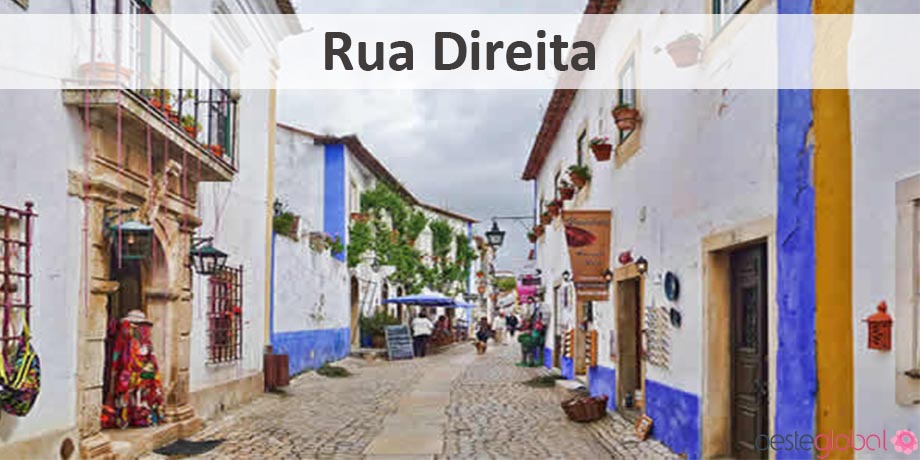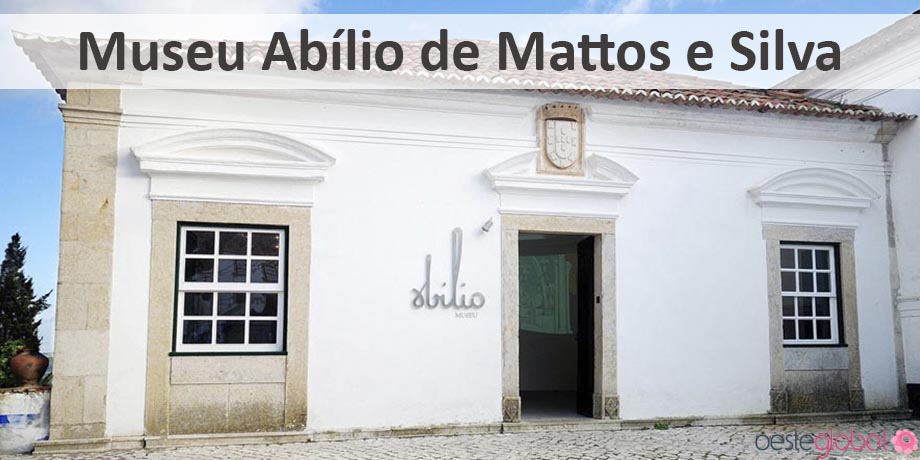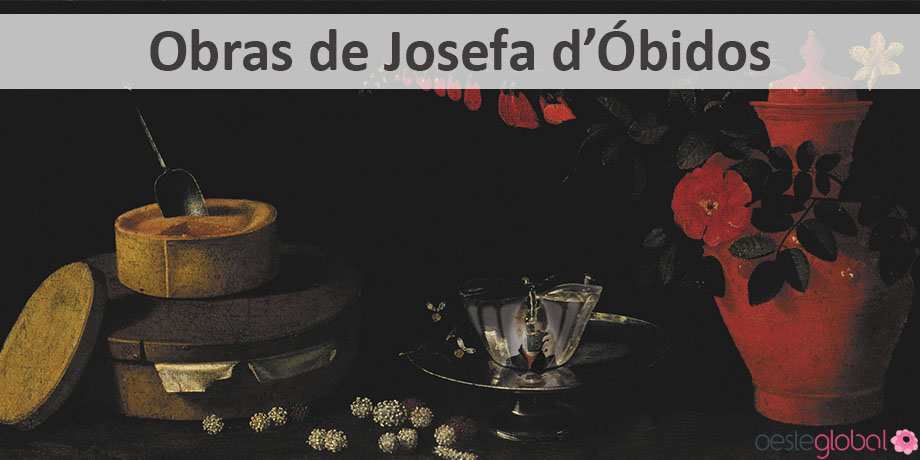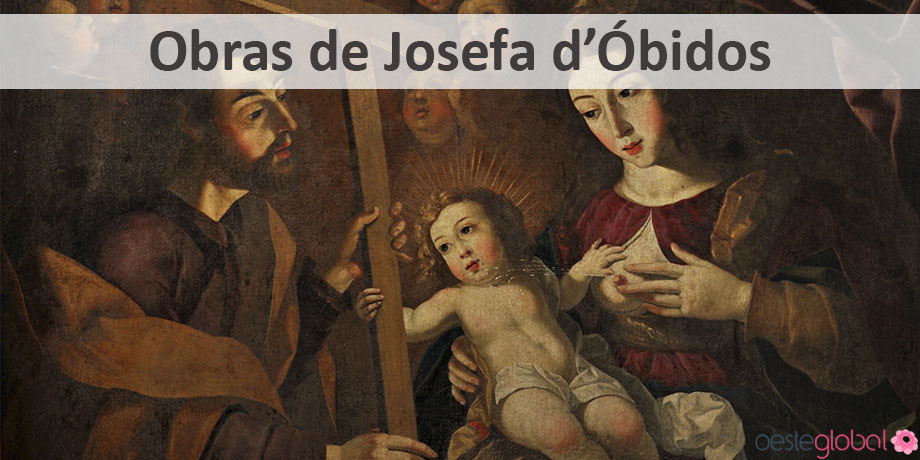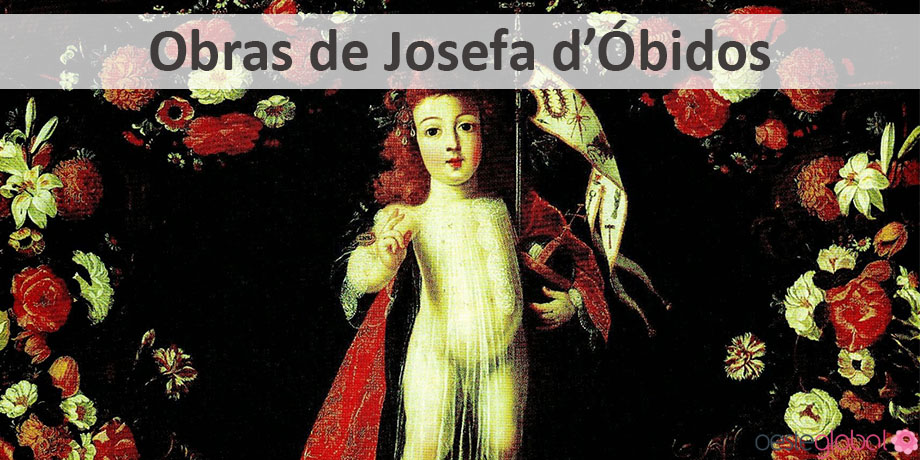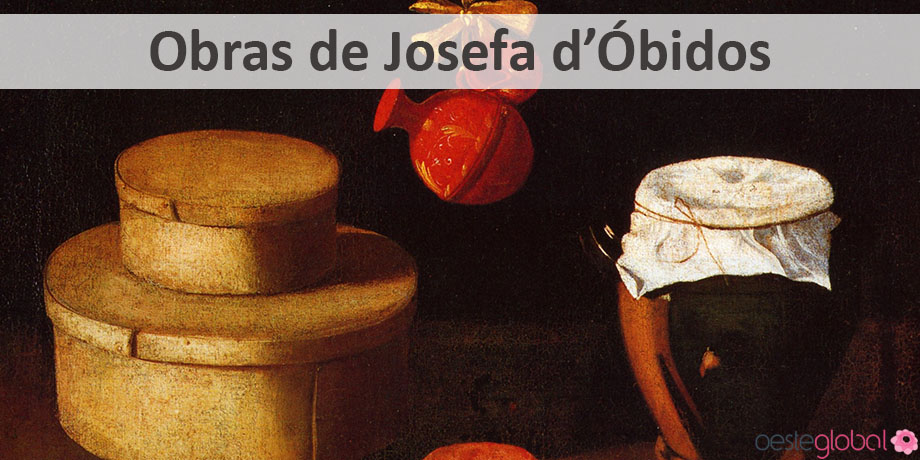Heritage in Óbidos
Of Roman origin, the Obidos Castle is one of the most important historical attractions of the Western Region, since within its walls have big events, which together make Obidos one of the most attractive places to visit and share experiences. The Vila d’Obidos features a selection of historic, cultural and artistic monuments that impress your visitors.
Monumentos
Castle – of Roman origin, based on a castro, this was a fortification under Arab rule. After its conquest by the Christians, this was repeatedly repaired and expanded. During the reign of King Manuel I, your mayor ordered the construction of a palace and the remodeling of parts of the castle. In the Hall of Mayors are cropping windows manufactory and the portal surmounted by the royal arms and Noronha family. With the earthquake of 1755, the palace suffered enough damage, being almost in ruins, until the twentieth century, which was recovered and requalified to install the Inn and is considered the first hostel of the state installed in a historic building.
Village Door – at the main entrance of Óbidos, is surmounted by the inscription “The Virgin Our Lady was conceived without original sin”, raised the king’s command John IV, in order to thank the Patroness its protection, when the Restoration of Independence in 1640 . inside is the chapel-oratory of Our Lady of Mercy, patron saint of the village, accompanied by a baroque balcony and blue and white tiles, exposing the Passion of Christ in Agony of Jesus in the Garden and Arrest of Jesus.
Vale/ Senhora da Graça Door – the village access door from the east, inside is a chapel-shrine dedicated to Our Lady of Grace. In this place he thought that there was a niche with an image offered in thanksgiving, after the siege of 1246, discord between Sancho II and Alfonso III, to tradition. This chapel was renovated in 1727, the magistrate of India, Bernardo de Mallorca, as a promise to his daughter, who died of love, turning the turret in a temple, with a chancel, altarpiece, choir, podium and sacristy, your ship is the passage from the street inside.
Right Street (Main Street) – recognized by this designation, since the fourteenth century, this connects the door to the Village Palace of Mayors. In the sixteenth and seventeenth centuries, this street had great changes, hiding some Gothic portals of houses.
St. Peter’s Church – founded in the medieval period, its building retains traces of a Gothic portal in the façade. In the sixteenth century it was reformed, but subsisted the main portal in a classic style, the baptismal chapel covered by a dome based on concheadas tubes and the spiral staircase of the bell tower. Inside, the single nave with a Baroque altarpiece of gilt, the Johannine period. In the gallery, the old painting of St. Peter to receive Christ from heaven, coming from the late seventeenth century or early eighteenth currently is on the wall of the Epistle. In this church is buried the painter Josefa d’Obidos and Father Francisco Rafael da Silveira Malhão, and its tombstone in the chancel.
Misericordia Church – in the old Chapel of the Holy Spirit, was here the Holy House of Mercy, founded by Queen Leonor in 1498. This church has undergone some reforms, especially from the sixteenth century, when its rebuilding, but the most important was the inside during the seventeenth century, ordered by the Ombudsman of Mercy and Prior of St. Peter, João Vieira Tinoco. Its exterior, is evident in the portal with an image of the Virgin and Child, glazed and painted pottery, wood dating from 1623. Since the interior consists of a ship covered with blue tiles and standard yellow the years 1625- 30 also stands out the Mannerist carving set shaped by the tribune of the poll workers and the altarpieces. The chancel features a woodcarver altarpiece Manuel das Neves, containing two paintings by André Reinoso, the Visitation of the Virgin to St. Elizabeth and Pentecost, traced to 1628-1630. Once again reformed: its facade houses a real shield, surmounting the portal of the church and another in the triumphal arch, painting on this arc, two side cabinets of the chancel and the ceiling of the nave, with real weapons in the center. Still stands the stone pulpit carved in 1596, decorated by cartouches and volutes, boasting an urn for collecting offers, and a armoriada tomb slab D. Luisa Guerra, Countess of Knights. In the chancel highlight the image of the Crucified Christ, coming from the seventeenth century and images of the Virgin and Child, St. Anthony and St. Joseph. In the church you can find a banner of the Holy House of Mercy, painted by Diogo Teixeira in 1592, which seems to represent the features of D. António, Prior of Crato. Attached to this church is the Hospital of Mercy, with the Sessions Room in a baroque decoration.
Church of Santa Maria – located in the square of Santa Maria is the main church of Obidos. Unknown the date of construction, it was delivered to St. Teotónico, companion of King Afonso Henriques, this was great figure of the Church and prior of the monastery of Santa Cruz de Coimbra, with patronage by King John III, have donated their wife, queen Catherine of Austria. At the end of the fifteenth century, it was restored by Queen Leonor, in which the bell tower leaning against the facade and covered with pyramidal spire of octave. In 1570, that person was almost in ruins after the earthquake of 1535, but has been planned its reconstruction. Since the August 15, 1571, the day of the Assumption of Our Lady, was laid the first stone, along with a religious procession and apparatus, followed by works under the protection of Queen Catherine and Prior D. Rodrigo Sanches, Spanish priest, who was chief almoner of the Queen and a prestigious figure in the court of Charles V. these works resulted in the current building.
Pillory and Awning – the roof is in the Plaza de Santa Maria and served market until the beginning of the twentieth century. It is by the pillory, which in turn is a stone pillar, a symbol of municipal power, and shows the actual weapons and the Queen symbol shrimping Leonor. Situated above the fountain.
Aqueduct – warrant rise by Queen Catherine of Austria, wife of King John III, has a length of three kilometers. This construction was funded entirely by the queen, who in turn received the floodplain, known as Lowland Queen.
Museums
Municipal Museum of Óbidos – It opened on June 15, 1970 and part of the Western Museums Route and is home to the Museums and Galleries Obidos Network. The foundation of this museum came from the need to combine the cultural achievements, such as the exhibition of Sacred Art in 1954, and the evocation of Josefa de Obidos, in 1959, promoting the closure of the regional museum in a limited space of the Gothic chapel of St. Martin , where he was the collection of archeology and architectural fragments belonging to lieutenant Colonel Luis Torquato de Freitas Garcia. The permanent exhibition at this museum tells the artistic production and the village religious devotion. Witnessing actions of religious collegiate and cultural enrichment marked some of the biggest names in Portuguese art, including painting collection of the sixteenth and seventeenth centuries, André Reinoso and Josefa d’Obidos.
Parish Museum of Óbidos – Built by Queen Santa Isabel in 1309, united by a porch to a leprosarium, away from the village. Its current structure is the result of works carried out during the sixteenth century, after its integration into the assets of the Santa Casa da Misericordia de Obidos, who founded a single nave and chancel covered by a canopy of ogival ribs, bearing the Cross Christ, the central locking. Under the reign of King John III, new works are carried out between 1530 and 1550, in which the ship is enlarged, the porch is closed and abroad are placed buttresses and a new classic-style portal. Between 1540 and 1550, it is installed an altarpiece of Garcia Fernandes, consisting of seven boards, with Martin scenes of São Vicente. In 1636, for this church is carried over the seat of the parish of St. John the Bapista Mocharro. The 1755 earthquake affected the temple, corresponding to the bell tower and the current altarpiece of the main chapel, rococo carving, with a St. John the Baptist representation screen. The museum will have been a meeting point between the community and its roots as cultural growth factor, and an incentive to the study and dissemination of the times and artistic and historical assets of the church.
Abilio museum Mattos and Silva – born by the will of his wife Maria José Salavisa, this was due to the Casa do Facho in 2002, but this was abandoned and moved to the building of the former Town of the county, in conjunction with the Arc House, where Abilio de Mattos and Silva, pinto, set designer and costume designer, lived.
NovaOgiva Gallery – is a contemporary extension of Museums and Galleries Network, betting on artistic expression, quality, from the recovery of an idea and a space. This space was founded in Obidos in 1970 by José Aurélio, and had three years of great artistic activity, cultural, citizenship and freedom. After thirty years of inactivity, the gallery opens its doors as a milestone in the history of art, architecture and the very history of the village of Obidos and Museums, one point for exhibitions and cultural events related to contemporary art.
Gallery Casa do Pelourinho – Opened in 2004, this aims to present cultural relevance of events, including contemporary art, promoting the practice and new talent that will steadying in the arts, both in Portugal and at international level.
Lday Josefa d’Óbidos was born in Seville in 1630, he flew to Portugal, where his father, Baltazar Gomes Figueira painter, was natural, being conducted to the novitiate in Coimbra, where he developed his first work of art, the depiction of Santa Catarina (1646). Unable to adapt to the convent, Josefa moved to Obidos and starts the activity in the area of painting, first collaborating with his father and then independently, acquiring national and international fame. Josefa broke many of the canons of a male society, which was established as a professional painter, a true exponent artist with great creativity and refined aesthetic sense and technical field.
Its most important brands and artistic settings Josefa d’Obidos is the study of light and contrasts, making the current proto-baroque of peninsular matrix related to Seville and Madrid painting. However, Josefa can not overcome some of the most important names in seventeenth-century peninsular painting, but adds to them a new focus on the painful mysticism, violent and majestic, developed to suit mysticism, represented the Boys Saviors of the world, with translucent dress, lace and decorated with jewels and flowers, offering a simple character, but also intimate, represented in the Lord of the Green Cane or Verónica towel.
Josefa d’Óbidos passes away in Obidos, in 1684, with a vast work developed and spread throughout the country and abroad, however, much of their obram disappeared over time with changing artistic styles and the earthquake of 1755. Its artistic legacy has merit an interest of art and museum experts historians, registered in exhibitions of the National Academy of Fine Arts (1942), the Museum of Ancient art of Lisbon (1949), in Leiria, in the Church of St. James (1959), in Warhead gallery (1971) and the Solar de Santa Maria (1984), the King’s Painting gallery D. Luís the Help Palace (1992) and more recently at the National Museum of Womem Arts in Washington and in London, Italian Institute (1997), which was open, too, the present work.





